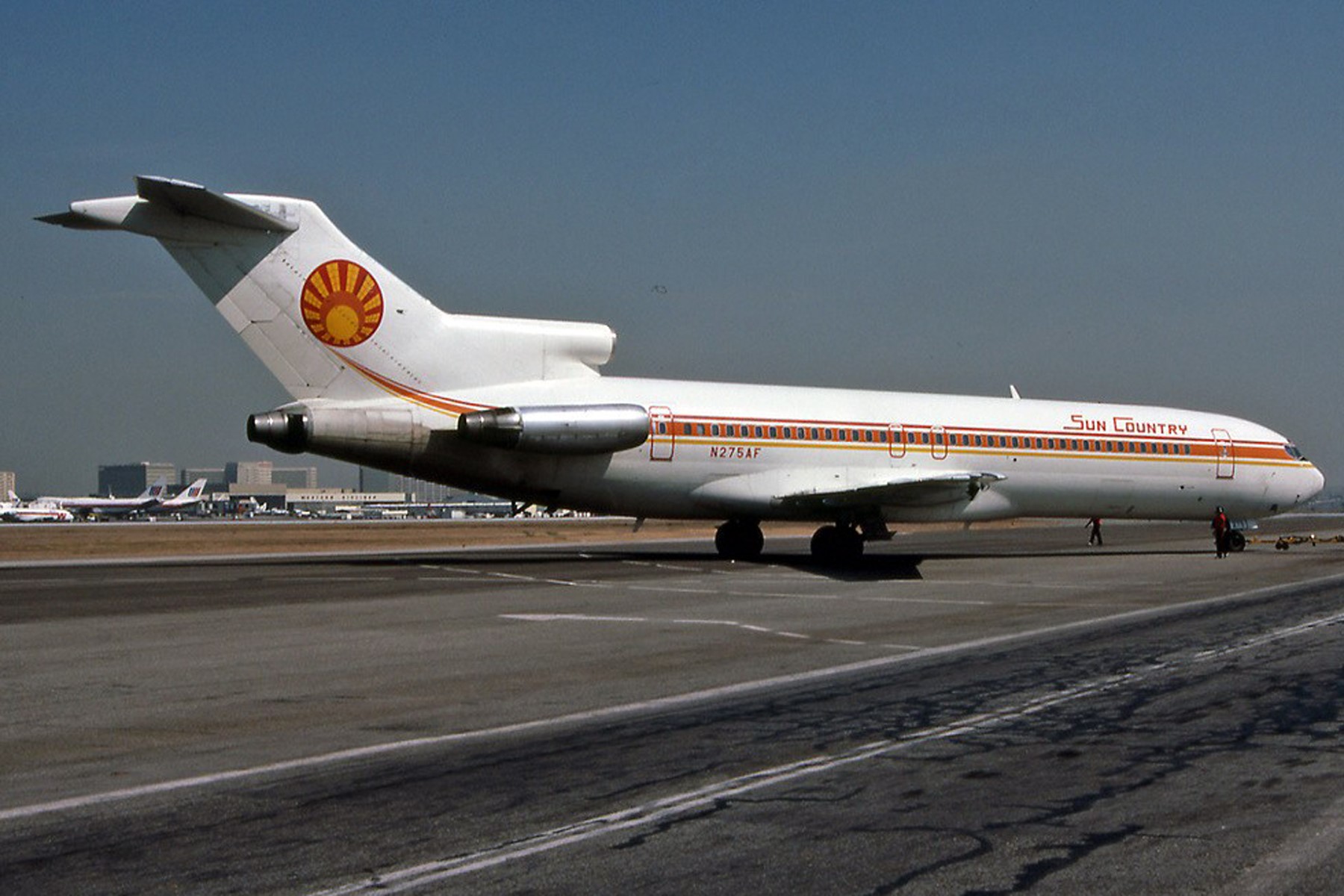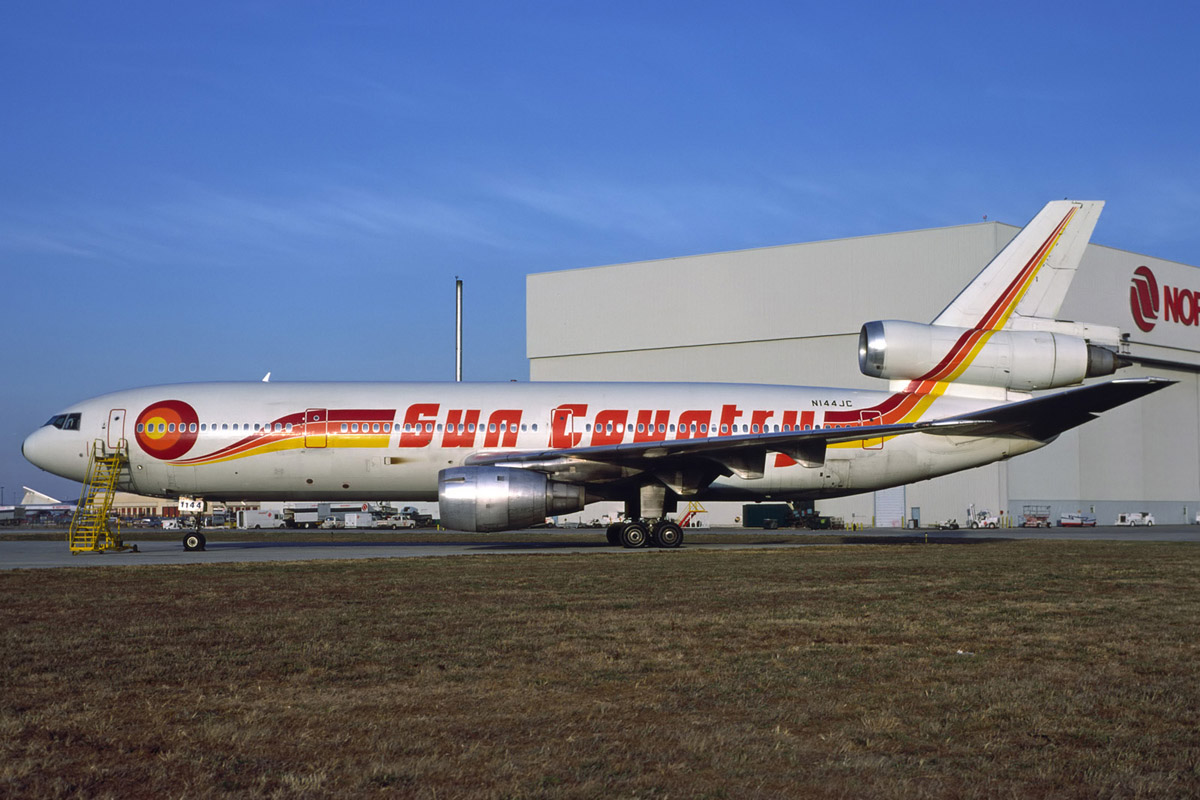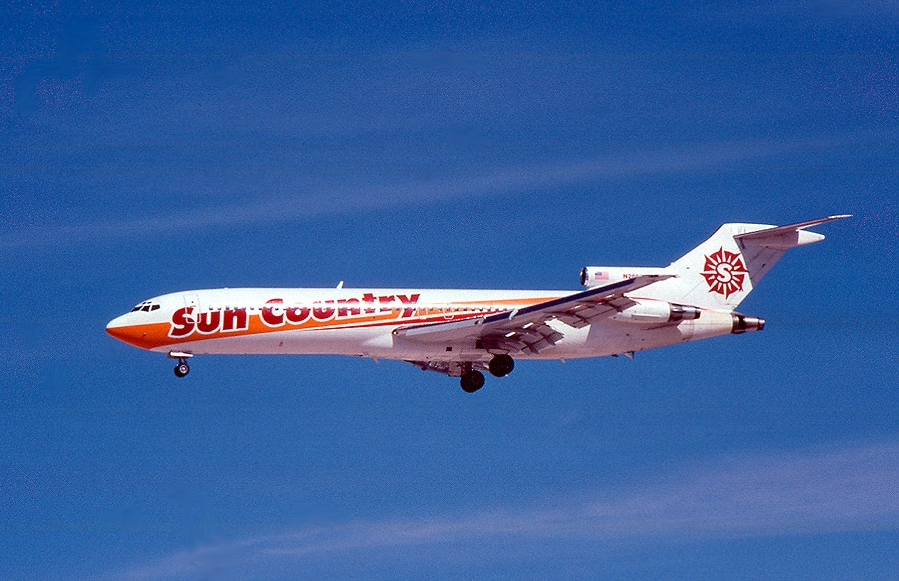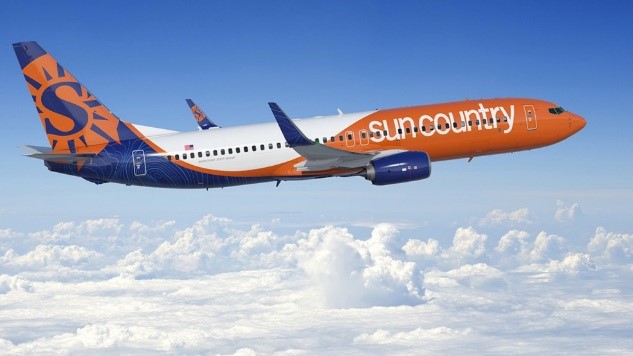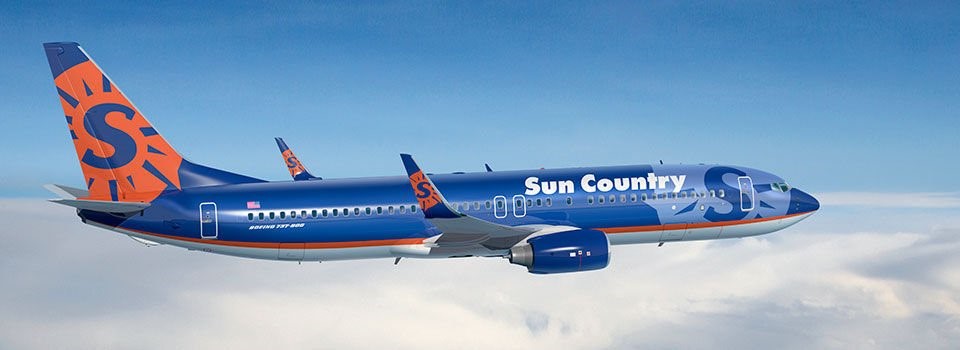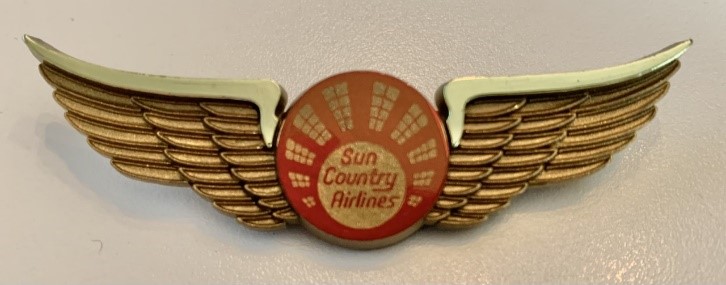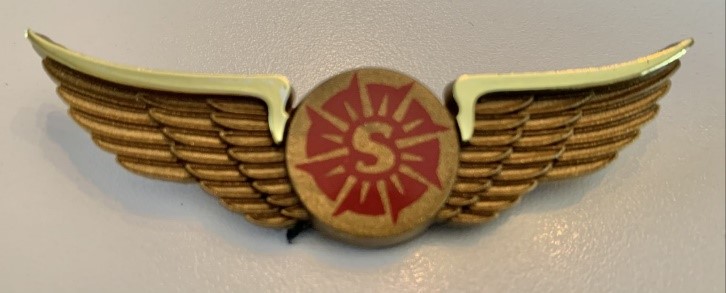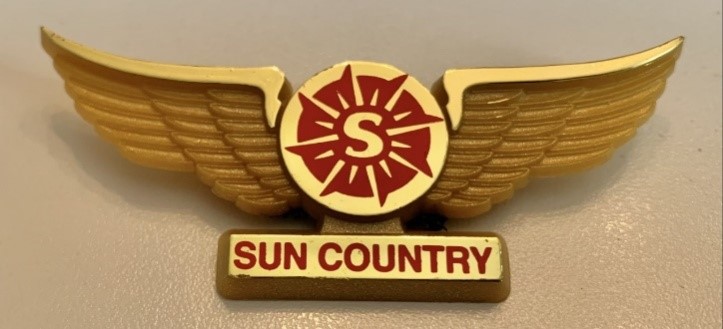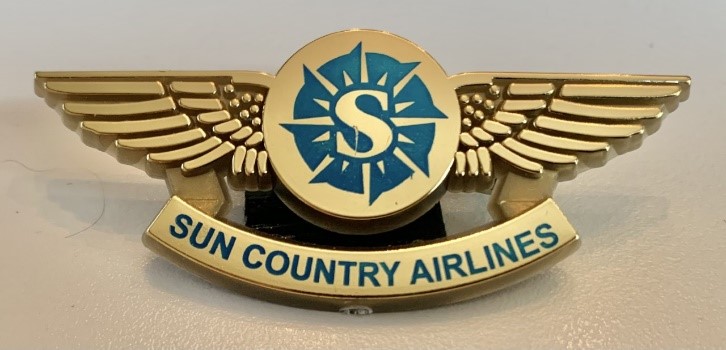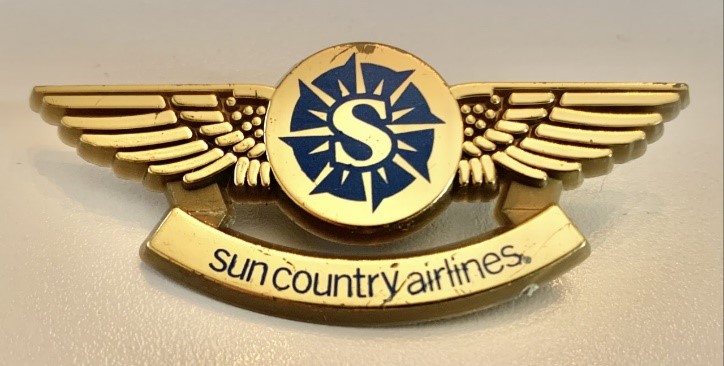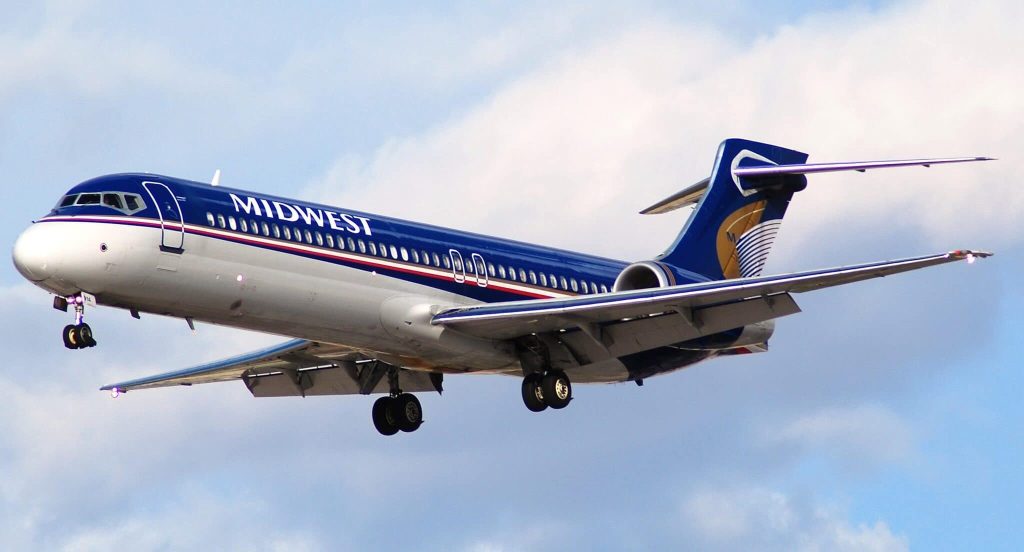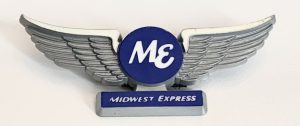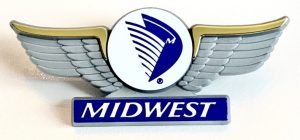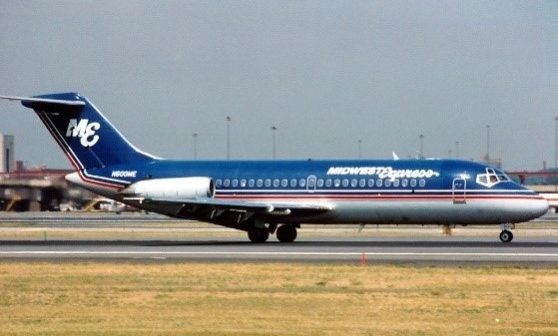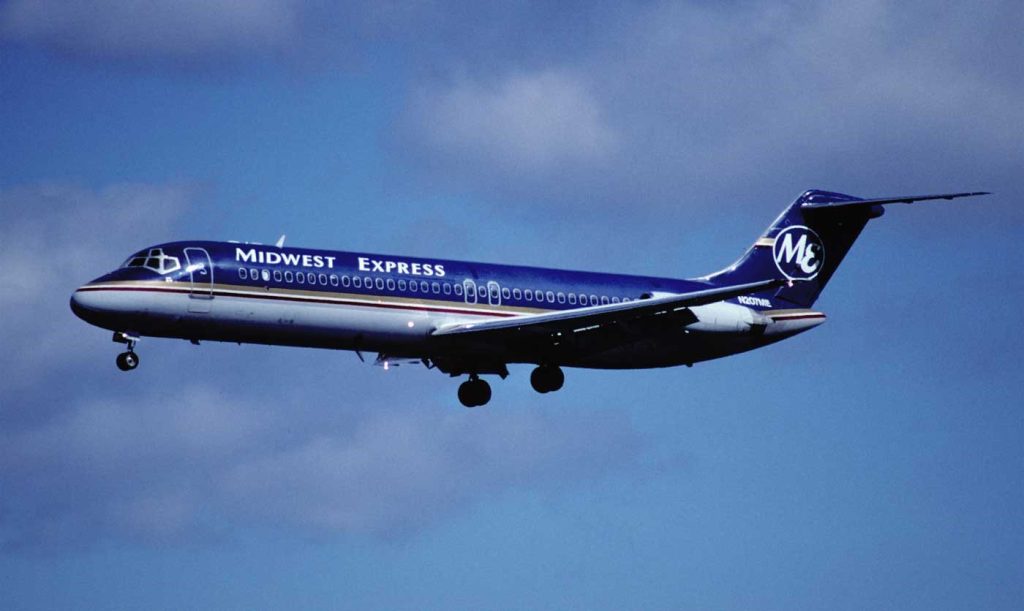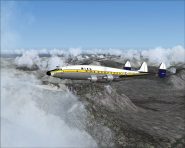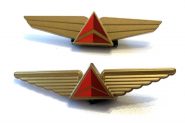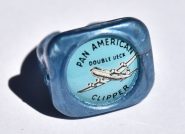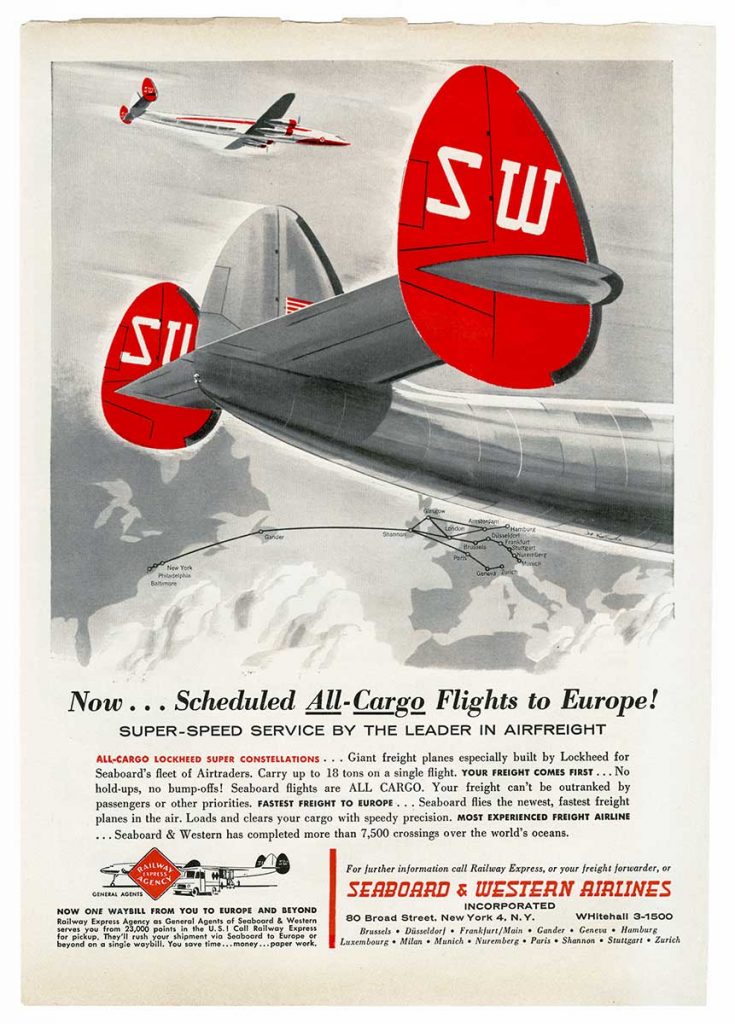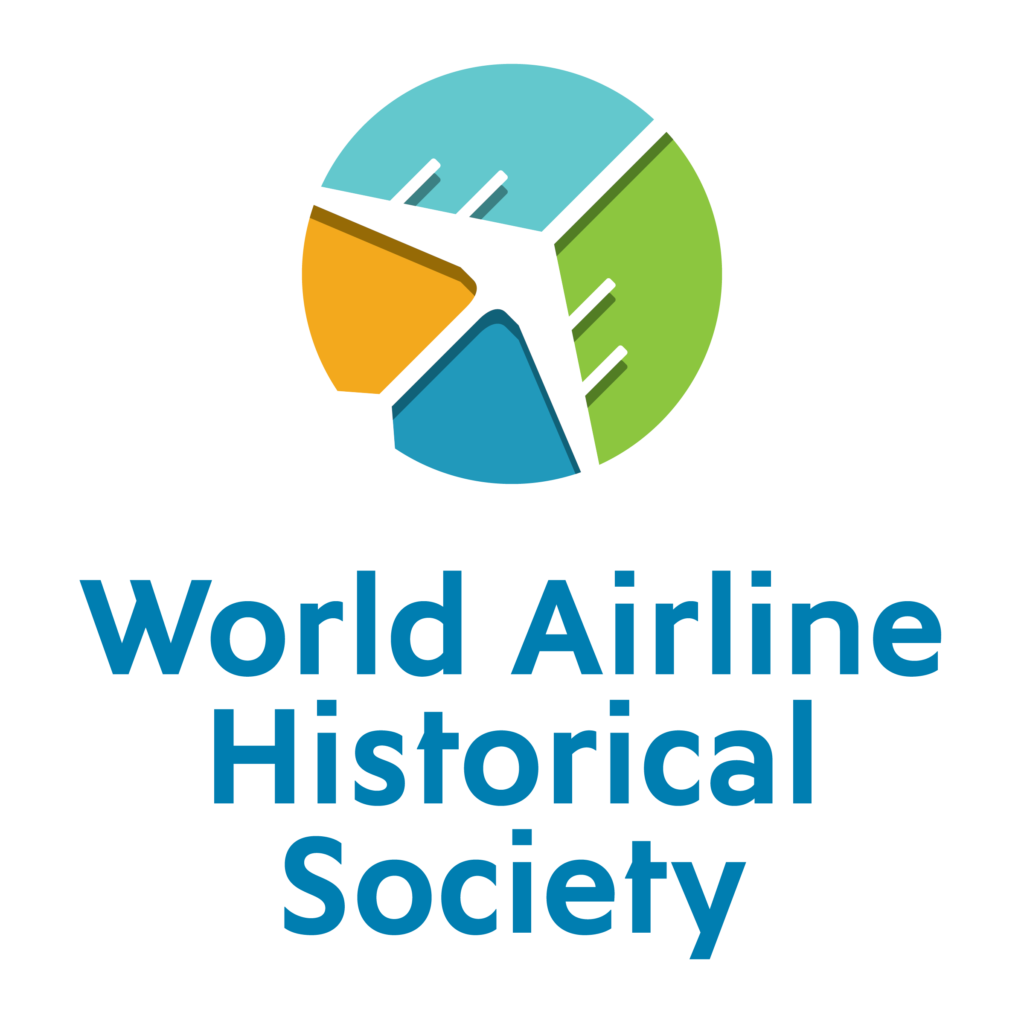By Lane Kranz
Most junior wings are issued directly by airlines, however there is a unique niche category among junior wing collectors commonly referred to as Non-Airline Issued Junior Wings. This category includes novelty junior wings sold in gift shops and toy stores and even premiums found in cereal boxes. During the golden age of aviation, airline jobs including Pilots and Stewardesses (later known as Flight Attendants), were held in high regard. These jobs were (and to some extent still are) highly sought-after. Those that held these positions were looked up to by children and often considered ‘dream jobs’. Marketing capitalized on this demand and the result is a very unique and valuable piece of history.
Gift Shop Junior Stewardess
There are 5 known wings of this particular style. All are the same size and format and contain “Jr. Flight Stewardess” with the individual airline logo. All wings are gold except for Western, which is silver. The 5 known wings are: Eastern, Western, Continental, Braniff and Pan Am (not pictured). Based on the logo, these wings are believed to be from the mid 1940s to early 1950s. If you are aware of any additional wings, other than the 5 mentioned, please contact me at the link below.

Kellogg’s Cereal Premiums
Perhaps the best known non-airline issued junior wings were those found in Kellogg’s Cereal boxes. Each Kellogg’s box contained the phrase, “wear the wings of the famous pilots”. Kellogg’s issued 6 Junior Wings in the USA, including Eastern, TWA, National, Northwest, Continental, and United. Additionally, it is believed that Kellogg’s issued at least 1 Junior Wing in Canada from Canadian Pacific Airlines and likely others. Please contact me at the link below if you know of any additional Kellogg’s wings.









Collector’s Buttons
Not much is known about the source of these buttons, however they are believed to be a gift shop or toy shop item. All buttons are of identical size and feature the logo of 11 different US airlines and 1 Canadian airline. All buttons contain “Jr. Flight Captain” except for Western Airlines which reads “Jr. Chief Pilot” and Pan Am which reads “Jr. Clipper Captain”. If you have any additional information about these buttons, please contact me at the link below. These buttons are believed to be from the early 1950s.

Big Wings
These large, brass wings are believed to be from a gift shop or toy store. They feature a removable laminated center (about the size of a quarter) made of thin cardboard with a cellophane like covering. There are 5 known airlines including: Pan American, United, Western, Eastern, and TWA. Based on the logo, these wings are believed to be from the late 1930s as Western Airlines was called Western Air Express until April 17, 1941.

Rings
Believe it or not, rings were a thing many decades ago. Kids loved these! There are multiple different styles, colors, and shapes. These junior “rings” are believed to be from cereal boxes or candy machines. Based on the logo, these are believed to be from the mid to late 1950s.





